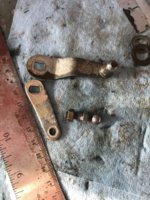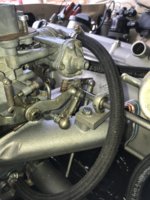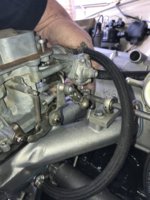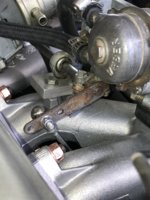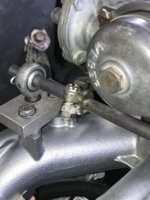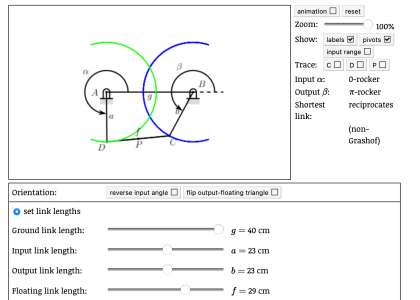I apologize for how grubby/corroded everything looks! My coupe has basically been on the road since it was sold in 1970. Re-painted, re-upholstered, maintained but certainly never fully restored.
I can relate. I've gone through most of my E3 and everything is either newly painted, new parts or cleaned up. I opened the hood on my coupe the other day and just shook my head. Let's just say I don't open the hood when I go to Cars and Coffee.



